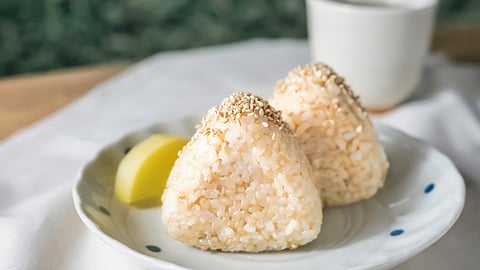Yet, amidst the intrigue, a heated debate rages across social media platforms. Advocates argue that, so long as hygiene standards are rigorously upheld, there's no harm in pushing culinary boundaries. However, skeptics express concerns over potential health risks associated with this unorthodox preparation method.
Online discussions have been vibrant, capturing a spectrum of opinions. "These rice balls can satisfy the taboo desires of a few people, as long as they are hygienic, there is no harm," one social media user remarked. Conversely, another voiced apprehension, stating, "It’s unacceptable. What if the chef has a hidden illness? I’d rather eat regular rice balls."
As deliberations persist, Japan's culinary landscape continues to be a realm of innovation and surprise. From the infamous natto to the enigmatic raindrop cake, each dish reflects a culture unafraid to challenge norms and embrace the unexpected. In this ever-evolving tapestry of flavors, the armpit-crafted onigiri stands as a testament to the enduring spirit of culinary exploration.
(Input from various media sources)
(Rehash/Krisha Shah/MSM)


